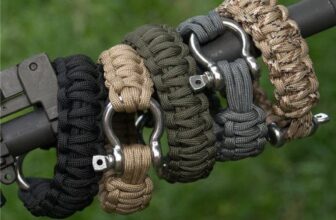In times of catastrophe, personal safety and protection become crucial concerns. With the accessibility of drone technology, individuals can now harness the potential of self-owned drones to play an active role in disaster preparedness, response, and recovery. Beyond their recreational use, personal drones offer unique capabilities that can enhance safety, even in the face of challenges like power outages. Let’s explore how owning a drone can empower individuals to be safer and more protected during catastrophes.
Rapid Assessment and Situational Awareness
A personal drone equipped with a camera provides a valuable aerial perspective, allowing individuals to quickly assess their surroundings and gain situational awareness. In the event of a catastrophe, such as an earthquake or flood, a drone can capture real-time footage of the affected area, helping homeowners identify potential hazards, evaluate property damage, and make informed decisions about safety measures.
Monitoring Property and Loved Ones
During a catastrophe, it’s essential to stay informed about the well-being of loved ones and protect property. By deploying a personal drone, individuals can monitor their properties remotely, keeping an eye on vulnerable areas or potential breaches.
Drones equipped with live-streaming capabilities can provide real-time video feeds, enabling homeowners to assess any risks and coordinate with emergency services, even in the absence of power or communication infrastructure.
Personal Drones for Emergency Communication and Coordination
Maintaining communication channels during a catastrophe can be challenging, particularly when power outages disrupt traditional methods. Personal drones equipped with communication devices, such as loudspeakers or two-way radios, can serve as a means of emergency communication. Individuals can relay critical messages to neighbors, emergency responders, or search and rescue teams, ensuring coordination and timely assistance in situations where conventional communication is compromised.
Search and Rescue Support
In catastrophic situations, every minute counts when it comes to locating and rescuing missing individuals. A personal drone equipped with advanced imaging technologies, such as thermal cameras or high-resolution optics, can aid in search and rescue efforts. By conducting aerial searches, individuals can potentially locate stranded or injured people in areas that may be inaccessible or hazardous for ground-based searches, thus facilitating prompt rescue missions.
Personal Drones for Remote Delivery of Supplies
During a catastrophe, access to essential supplies may be limited or cut off entirely. Personal drones with cargo-carrying capabilities can assist in delivering critical items, such as first aid kits, food, water, or communication devices, to affected individuals or communities. By bypassing impassable roads or damaged infrastructure, individuals can provide immediate assistance to themselves and others in need.
Owning a personal drone can empower individuals to take an active role in their safety and protection during catastrophic events. By leveraging the capabilities of drones, individuals can rapidly assess situations, monitor property and loved ones, communicate in emergencies, support search and rescue operations, and even facilitate the delivery of essential supplies. However, it’s important to remember that responsible drone ownership includes adhering to local regulations, respecting privacy, and prioritizing the safety of oneself and others. With proper training and ethical use, personal drones can be valuable tools for enhancing individual safety and protection in times of catastrophe.




